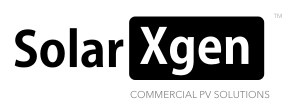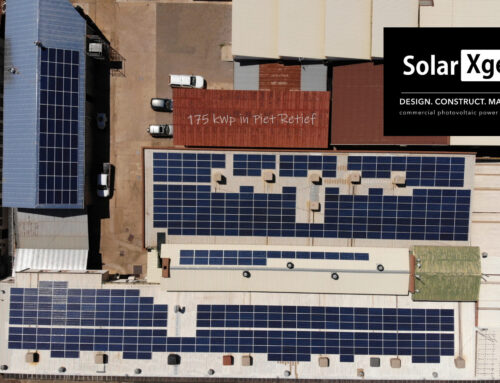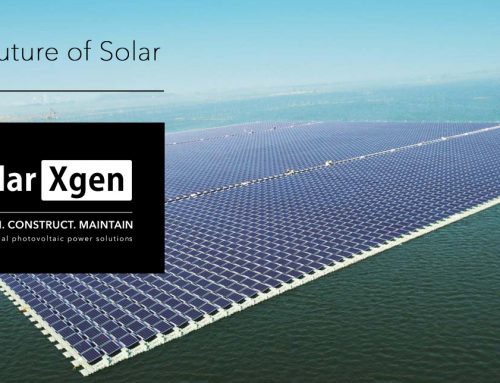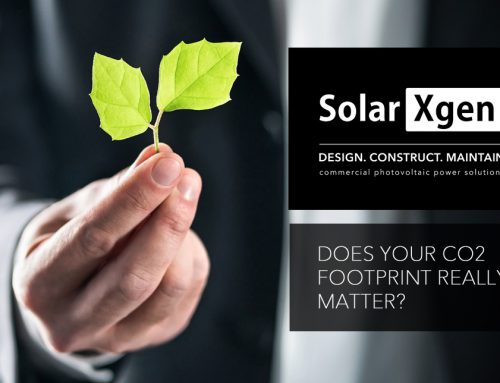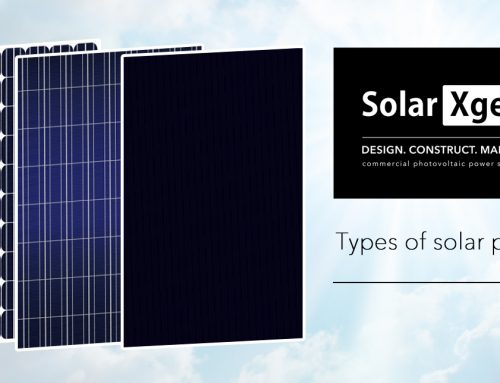So here’s what we get from South Africa’s sustainable energy plan for 2030.
|
South Africa Energy Mix 2018: |
South Africa Energy Mix 2030: |
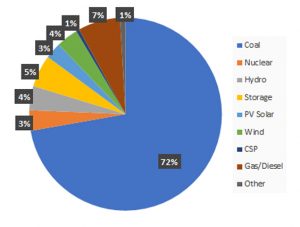 |
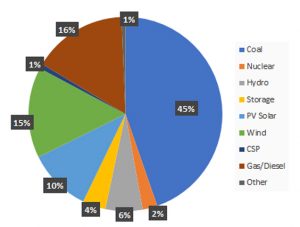 |
The main focus – Reducing Coal fired power stations.
As a country that is heavily reliant on coal power stations, standing at around 72% in 2018, the new energy plan does seem to incorporate a gradual shift away from coal over the next few years.
This is great news for at least 2 reasons – First of all, we will be doing our environment a favour by reducing carbon emissions as per the Paris Agreement which South Africa is a signatory of and second is coal-fired power stations are heavy emitters of greenhouse gases, and they will be gradually phased out over time. This leaves the Medupi and Kusile mega-stations to provide most of the remaining coal fired power stations by 2030. It also means that a third of Eskom’s capacity being shut down paves way for other energy providers to supply the country with its energy needs and hopefully some competition encourages stability among these providers. No more holding the economy ransom to fulfil rampant corruption.
Renewable energies to see significant growth.
With advancements in storage solutions, Solar and wind power’s dependence on weather conditions for optimal energy production no longer present the challenge they used to as with a good storage system power can be stored and released during unfavourable conditions for production.
As these technologies grow in popularity, the price to seem to be decreasing each year, making renewable energies like Solar panels and wind turbines more efficient and affordable in South Africa.
Although not ideal, by 2030 the proposed energy plan seeks to utilise gas for about 16% of energy needs in South Africa due it being cheaper than coal as well as easier to operate due to the fact that gas power plans can be powered down and started up relatively quickly.
So which renewable energy is best for South Africa?
We would say Solar power should be at the top of that list…
Out of the available options for renewable energies in South Africa, Solar would have the best potential. This is due to the geographic location of South Africa which receives an abundant amount of radiative energy.
Although solar energy requires space to operate, maintenance cost are relatively low and the lifespan of solar farms extend to well over 25 years.
Another renewable source of energy not to lose sight of is wind power. South Africa’s coastal regions offer an almost constant supply of wind to power several proposed wind farms.
South Africa Energy Mix in more detail:
| SA Energy mix as of 2018: | South Africa Energy mix 2030: |
|
|
View Government Notice Here

